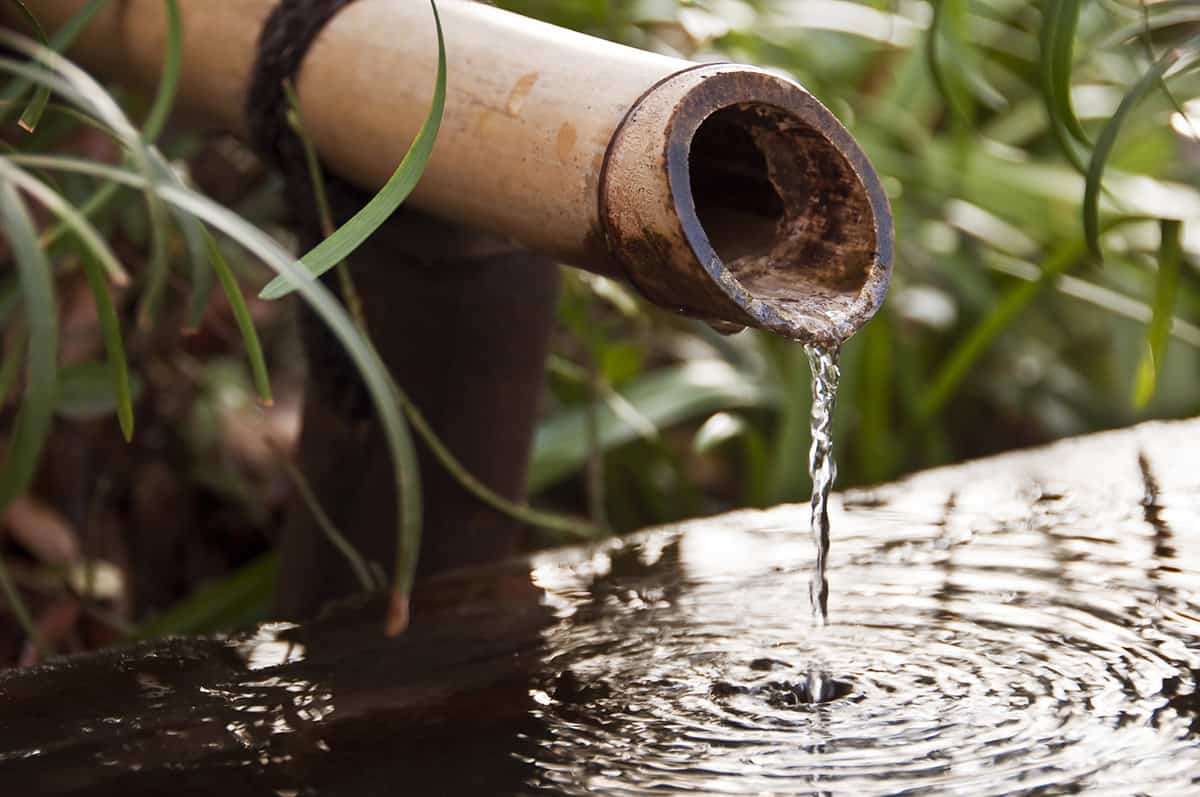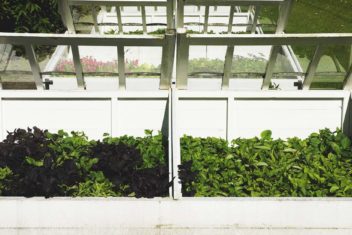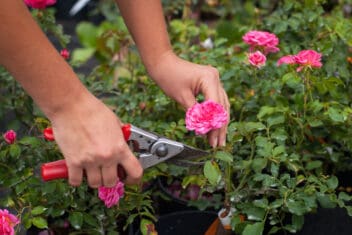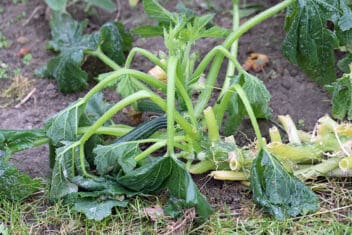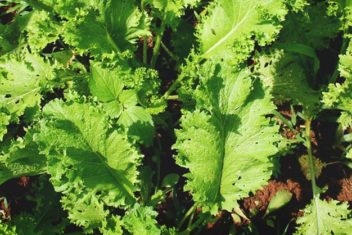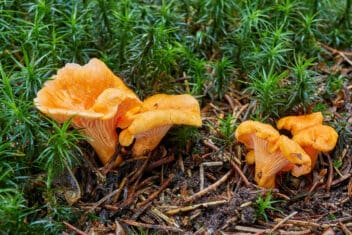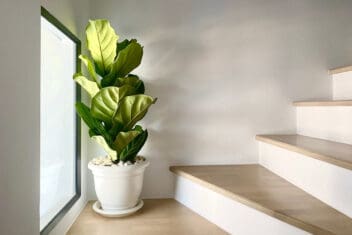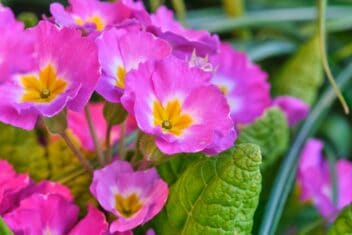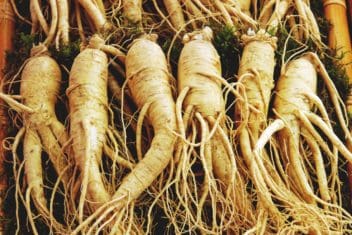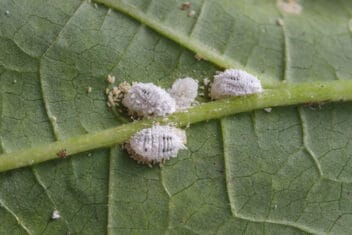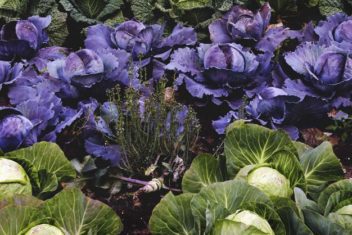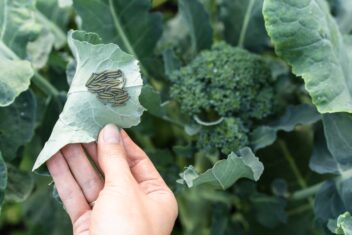You know that water that runs down the drain in the kitchen and bathroom every day? It’s called greywater, and you can use it to water your garden.
If you’re unfamiliar with the concept of greywater, you’re in for a treat. Well, not literally, since it’s a topic that can either fascinate a person or make them uncomfortable.
Using greywater in the garden is a great way to ensure that this vital liquid isn’t going to waste.
What is Greywater?
Most people aren’t aware that the water that runs down the drain daily is still usable in a garden environment.
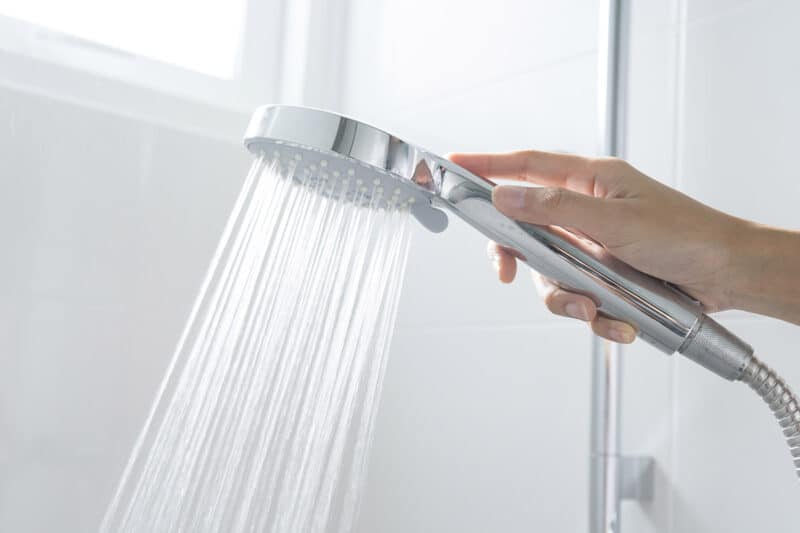
Now, we’re not talking about the water that you end up flushing down the toilet. That’s called “blackwater.” It’s a whole other story that we won’t get into right now.
The water that’s left over after you wash laundry or take a shower is what’s known as “greywater.”
Sure, it has some particles in it. But unless you’re using bleach and harsh cleaning agents, there’s nothing harmful in there.
In general, it’s a lot healthier for both our bodies and the environment if we use natural products instead of harmful chemicals.
If you’re planning to use a greywater system to irrigate your plants, then switching to biodegradable, eco-friendly personal care and cleaning products is a must.
Is Kitchen Water Greywater
There is some debate about whether you can categorize water from the kitchen sink as “blackwater” or “greywater.” Most folks I’ve worked with choose the latter, mainly because I’ve worked in marginalized, poor neighborhoods.
We’ve taken advantage of everything we could. Basically, unless there’s human, dog, or cat poop in it, it’s usable in the garden.
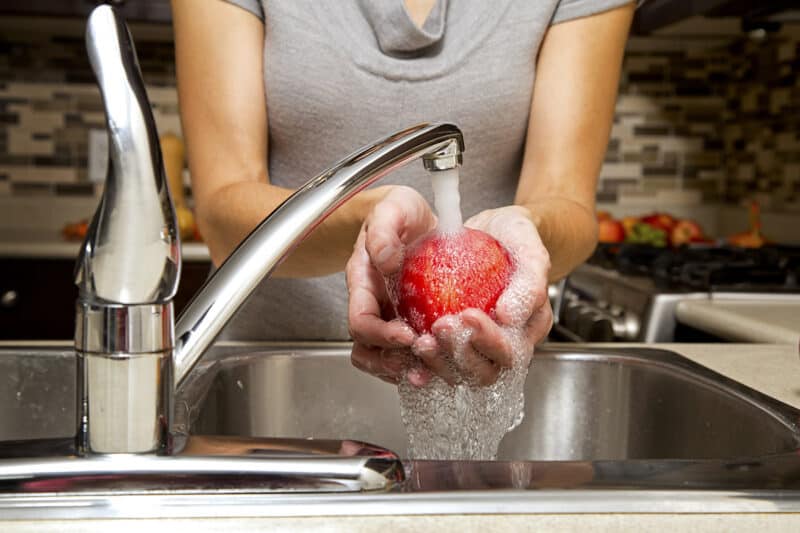
The particles in used washing-up water will mostly be bits of leftover food that you’re cleaning off your plates. If you use a composter, chances are that bigger leftover bits have already made their way to that compost pile to transform into the soil.
The washing water has some of these teensy particles in it: there’s nothing gross here unless you’re eating things that are seriously questionable (and best not mentioned here).
Many of us have been inundated with ideas and perspectives about “waste” that were perpetuated after the second world war.
Instead of making do with what they had, and conserving/reusing everything possible because of austerity measures, people reveled in the idea of a throwaway society.
Handkerchiefs are dirty! Use disposable tissues instead.
Don’t waste your time washing dishes: toss away disposable paper plates, etc.
Needless to say, the idea of reusing water that had been used to wash dishes or laundry would have been appalling to that generation. They’ve passed that squeamishness along to their kids and grandkids.
Now that we’re living in an era where resources are dwindling significantly, many people are going back to older, more traditional values. That doesn’t mean we’re all eschewing cars in favor of horses and buggies (although why not?). But rather, we’re trying not to let anything go to waste.
Especially water.
Why Using Greywater Benefits the Local Ecosystem
In most areas, recycling greywater is a long, complicated cycle. It involves the water from our households sloshing its way through the local sewage system.
This draws it out to a treatment plant that puts it through several screening processes and then inundates it with “cleansing” chemicals (looking at you, chlorine!).
Then, it’s either put through a more extensive system to pipe it back into our houses (often with fluoride added to it). Or it’s piped into rivers, lakes, or a nearby ocean.
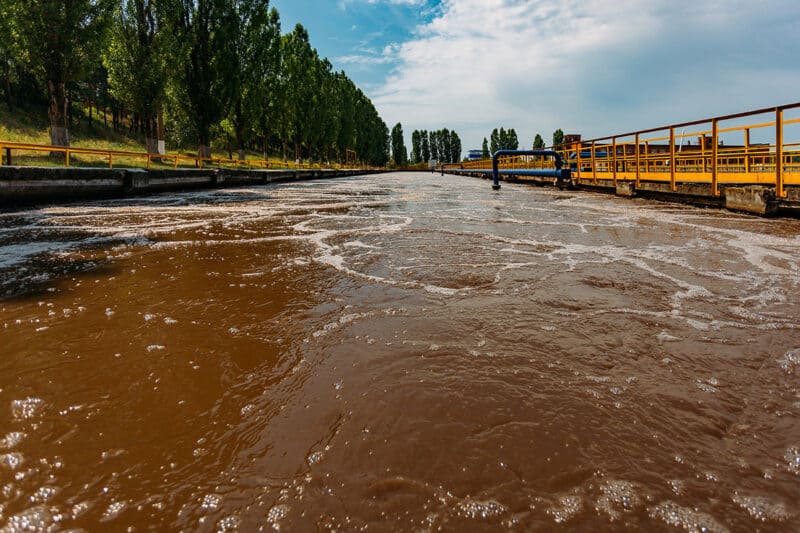
With the latter option, it’ll return to the planet’s hydrological cycle and evaporate, then fall as rain into dams and other water supply areas.
When you recycle your own wastewater, you’re skipping these processes and using greywater immediately, rather than somewhere down the line.
Since it’s not filled with anything harmful, all the plants and microbes out in your garden can break down the particles themselves. Meanwhile, they’re soaking up invaluable water and staying happily hydrated.
Better still, you’re adding instant fertility. Every one of those particles holds the promise of a tasty little meal for your plants.
You’re basically boosting the overall fertility and lushness of your garden while helping to create more biomass. It’s a much more self-sustaining process and will help to cut down on your fertilizer costs too.
Is This Stuff Safe for the Garden?
Heck yeah it is. Furthermore, it’s a great way to really respect and use every last drop of water instead of taking it for granted.
The next time you take a shower, bring some large cooking pots in there with you. You know, the kind you use to make stock, or massive quantities of tomato sauce. Canning pots work too.
Once you’re done, take note of just how much water they’ve collected. That’s how much water would otherwise just swirl down the drain and into either your local sewage system or your septic tank.
It’s not like that stuff is contaminated with anything terrible either. Just some stray skin cells and a bit of soap.
If you’re using non-toxic soaps and hair care products like Dr. Bronner’s Castile stuff, then you don’t have to worry about chemicals contaminating your garden.
Your plants will be thankful for the moisture, and those few skin cells we talked about earlier will just be broken down for food. Hey, it’s even okay to pee in the shower while you’re at it. That’s just extra (diluted!) nitrogen for your plants to feed off of.
This extra moisture and nourishment is especially beneficial if you’re living in a desert environment.
Cultivating food in a hot, dry climate can be really hard. Why not take full advantage of every drop of liquid gold you can possibly share with your plants?
Can I Use Greywater for All My Plants?
Nope. You can ONLY use untreated greywater on non-food plants.
While all those particles and toenail clippings do break down into glorious fertilizer. It does take time for this to happen, though. In the meantime, they carry bacteria and microbes that could potentially be harmful if ingested.
Thus, this water is perfect for adding water and nutrients to thirsty trees, shrubs, and grass.
You can also use greywater on fruit trees and shrubs, provided that you water at the root level. Never, ever, ever water overhead. You don’t want this stuff getting on any edible.
Think of it this way: you wouldn’t dip a piece of raw fruit into a sink full of dirty dishes and then eat it, right? Same idea.
What are the Most Efficient Greywater Systems?
One of the easiest methods is a “drain-to-mulch” basin system. This term was coined by Art Ludwig, whose water recycling designs are some of the best and most effective around.
For this method, you can hire a plumber to split the output pipes in your house. This will divert wastewater from your washing machine, shower, and kitchen sink to a rigid plastic drain pipe.
Toilet waste will still slosh its way into the sewer system or septic tank.
If you’re feeling really adventurous, you can try doing this yourself. Just make some popcorn for the family to nibble while they watch you work.
You HAVE to ensure that whatever pipes and hoses you use cannot be kinked. Standard irrigation poly pipe isn’t sturdy enough to handle this.
You know how a bent garden hose won’t allow water to flow through it? Well, a bend or kink in your greywater pipe will send all that water back into your house. This could potentially overflow and fill your kitchen or bathroom with funky, foul-smelling fluid.
Do we want that? No we do not.
Better to invest in the right materials and avoid having to mop that stuff up for hours.
If you’re creating a hose irrigation system to deliver greywater to your yard, make sure you use large-diameter hoses. Similarly, if you’re using drip hoses, the holes will need to be more than 1/2 an inch in diameter.
Particles like hair from the shower and lint from your clothes can clog up smaller holes pretty quickly. So, in this case, bigger is definitely better.
Of course, an even easier method is the one we mentioned earlier, where you keep buckets in the shower with you.
The same goes for the kitchen sink. Wash up in a basin that you can haul outside and toss into the grass or along the treeline. Or, if it’s a nice day, wash your dishes and/or clothes by hand in a large bucket outside.
Create a Greywater System
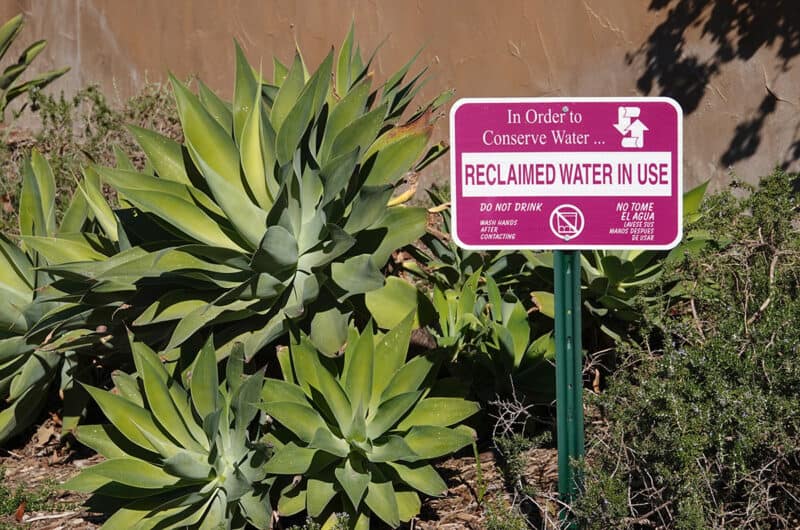
If you have enough land, you can create a multi-pond greywater system to clean and filter your water. For example, at the Permaculture Institute of Northern California, greywater from the institute makes its way into a boggy marsh.
This bog is full of plants like cattails and other species. It then trickles through a series of small ponds and waterfalls until it reaches a large pond.
This is full of ducks, chickweed, lilies, and other water plants, as well as fish. Finally, any overflow water oozes into swales to keep the land hydrated.
In essence, this is a water filtration system that uses plants and soil instead of industrial filters and chemicals.
Sure, there are plenty of fancy, complicated greywater systems that you can buy and install. They’re usually crazy expensive and require a lot of maintenance.
If that’s your thing, cool. There are many resources out there that can allow you to have the mechanized system of your dreams. But if you’re using greywater as a means of reconnecting with natural cycles holistically, then less is much, much more.
Further Reading:
Ludwig, Art; Create an Oasis with Greywater, Oasis Design; Revised, Expanded edition (September 2006)
https://oasisdesign.net/greywater/createanoasis/
Hemenway, Toby; Gaia’s Garden: A Guide to Home-Scale Permaculture, Chelsea Green Publishing Company (2000)
Jacke, Dave, and Toensmeier, Eric; Edible Forest Gardens Vol II: Ecological Design and Practice for Temperate Climate Permaculture, Chelsea Green Publishing Company, 2005
